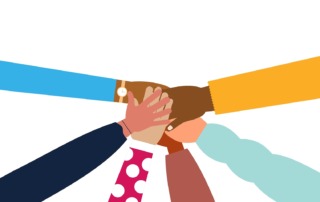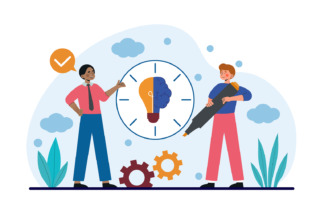Avoid These Four Mistakes When Selling Your Agency To An Internal Buyer
I know from experience that you’ll walk away happier if you avoid making these four common mistakes when selling your business. In this piece I recently contributed to Forbes.com I discuss how by avoiding these mistakes when executing a deal, you can be confident that everyone involved is headed in the right direction.











